Do you have a question about the Iiyama G-Master GB2488HSU and is the answer not in the manual?
List of checks to perform before contacting support for monitor issues.
Required details and evidence needed when reporting a screen defect.
Monitor compliance with relevant EC/EU directives and RoHS.
Recommendations for responsible recycling of the used monitor.
Essential safety warnings for operating the monitor to prevent hazards.
Cautions regarding installation location, handling, and usage environment.
Advice for comfortable viewing and reducing eye strain.
Normal LCD behaviors that might be mistaken for problems.
Guidelines for safely cleaning the monitor screen and cabinet.
Key features and capabilities of the iiyama G-MASTER monitor.
Verification of all included accessories in the monitor package.
Instructions and warnings for securely mounting the monitor on a wall.
Step-by-step guide for installing and removing the monitor's stand base.
Identification of all buttons, indicators, ports, and connectors on the monitor.
How to connect the monitor to a computer and peripherals.
Adjusting monitor height and tilt for optimal viewing comfort.
Instructions for rotating the screen orientation between portrait and landscape.
Guide to accessing and navigating the monitor's OSD menu for adjustments.
Detailed explanation of Picture settings like Contrast, Brightness, and Overdrive.
How to choose the active video input source (DisplayPort, HDMI, DVI, AUTO).
Adjusting audio volume levels and using the mute function.
Adjusting color temperature and custom user color settings.
Using predefined picture modes for different scenarios like games or text.
How to change the OSD menu language.
Adjusting OSD position, transparency, and display duration.
Saving custom settings and enabling/disabling Freesync.
Managing the startup logo display and power indicator LED.
How to lock and unlock the OSD menu and power switch functions.
Monitor's power saving features based on VESA DPMS standards.
Solutions for common picture-related problems like no image or sync issues.
Solutions for common sound problems like no sound or incorrect volume.
Guidance on environmentally responsible disposal and recycling.
Comprehensive list of monitor technical specifications.
Monitor dimensions and maximum adjustment ranges.
Table of supported video modes and their timing parameters.
| Screen Size | 24 inches |
|---|---|
| Resolution | 1920 x 1080 |
| Refresh Rate | 144 Hz |
| Response Time | 1 ms |
| Panel Type | TN |
| Brightness | 400 cd/m² |
| Contrast Ratio | 1000:1 |
| VESA Mount | 100 x 100 mm |
| Viewing Angle | 170° horizontal, 160° vertical |
| Color Support | 16.7 million colors |
| Aspect Ratio | 16:9 |
| Ports | HDMI, DisplayPort, DVI |
| Speakers | Yes |
| Connectivity | HDMI, DisplayPort, DVI |
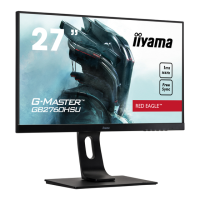
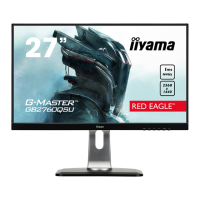



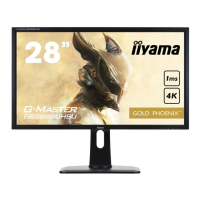
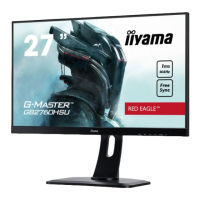

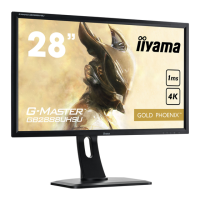
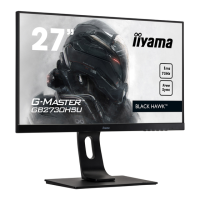
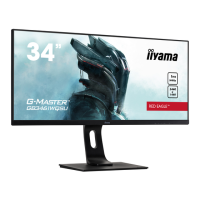
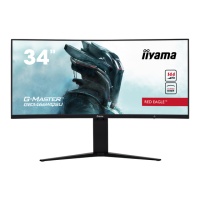
